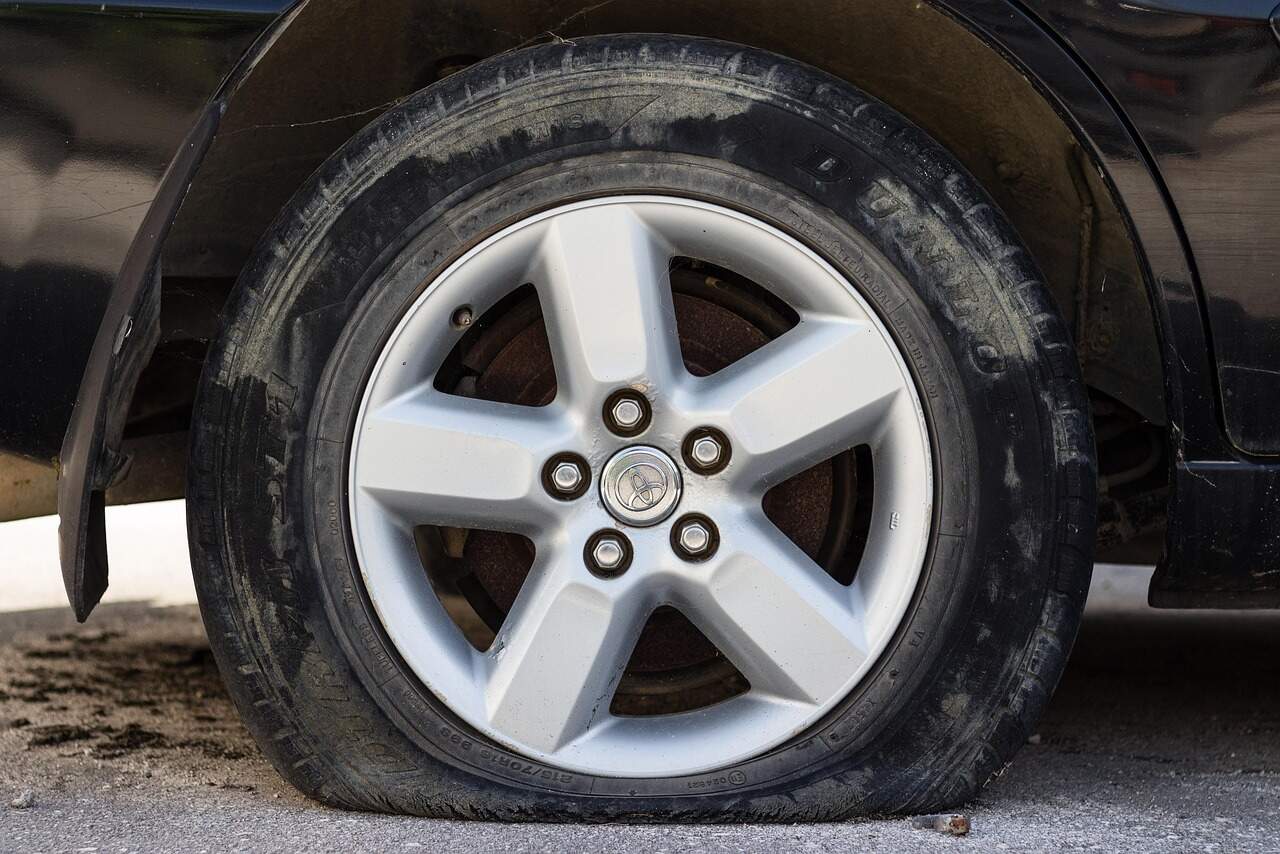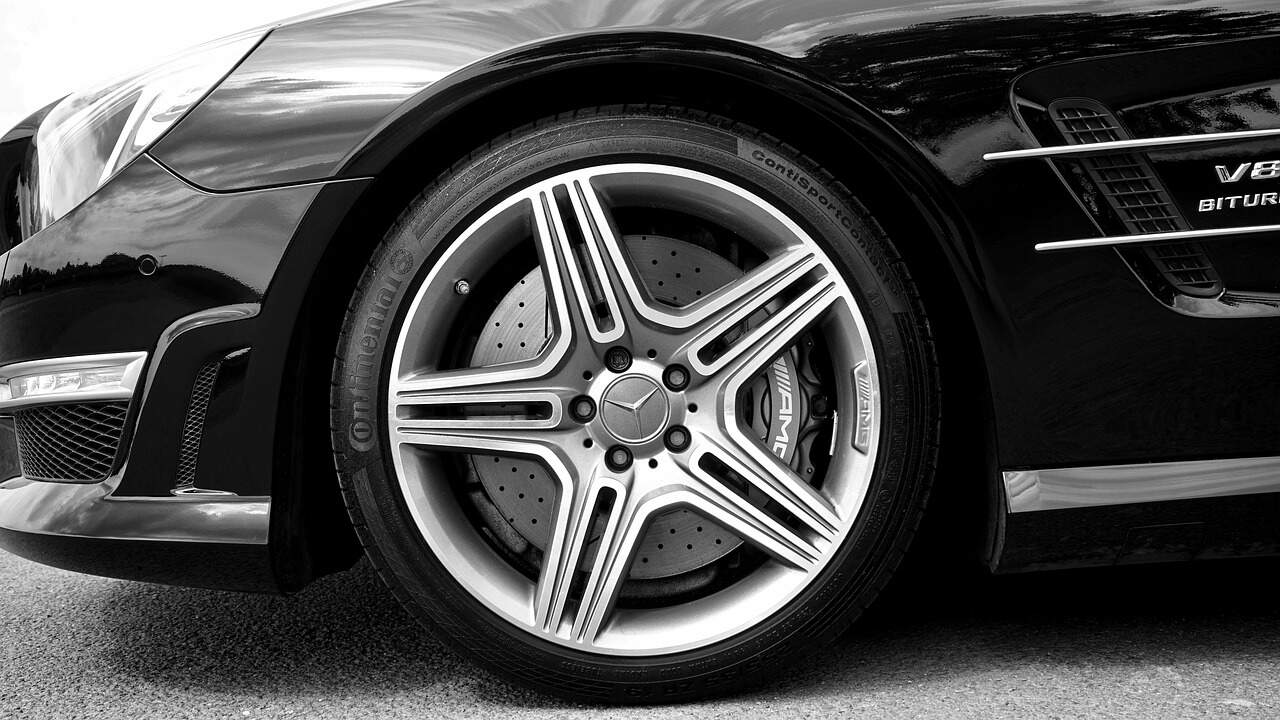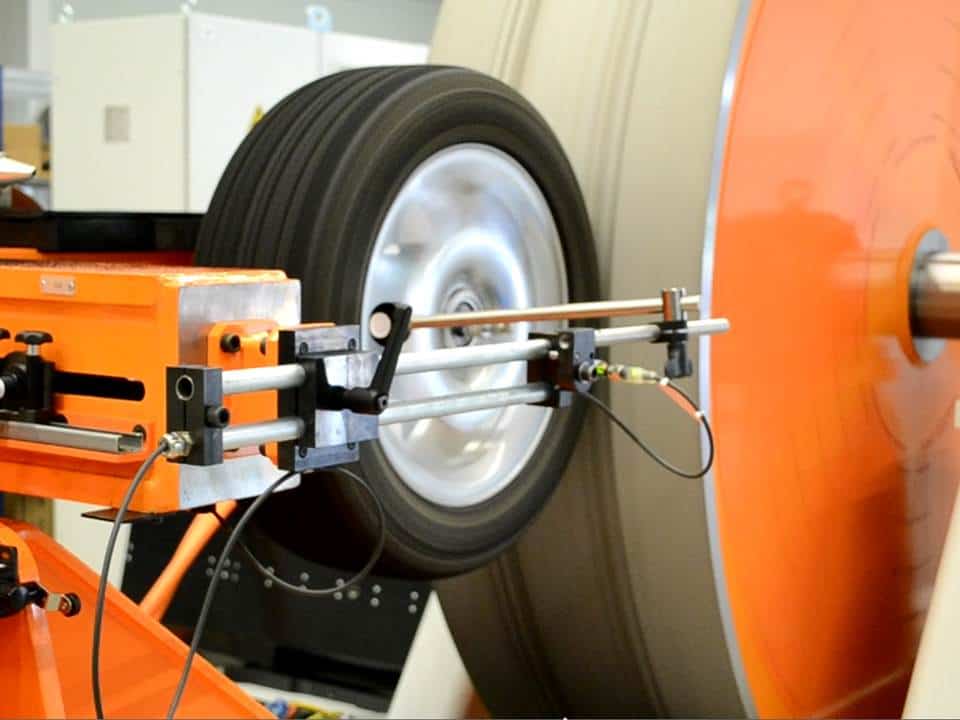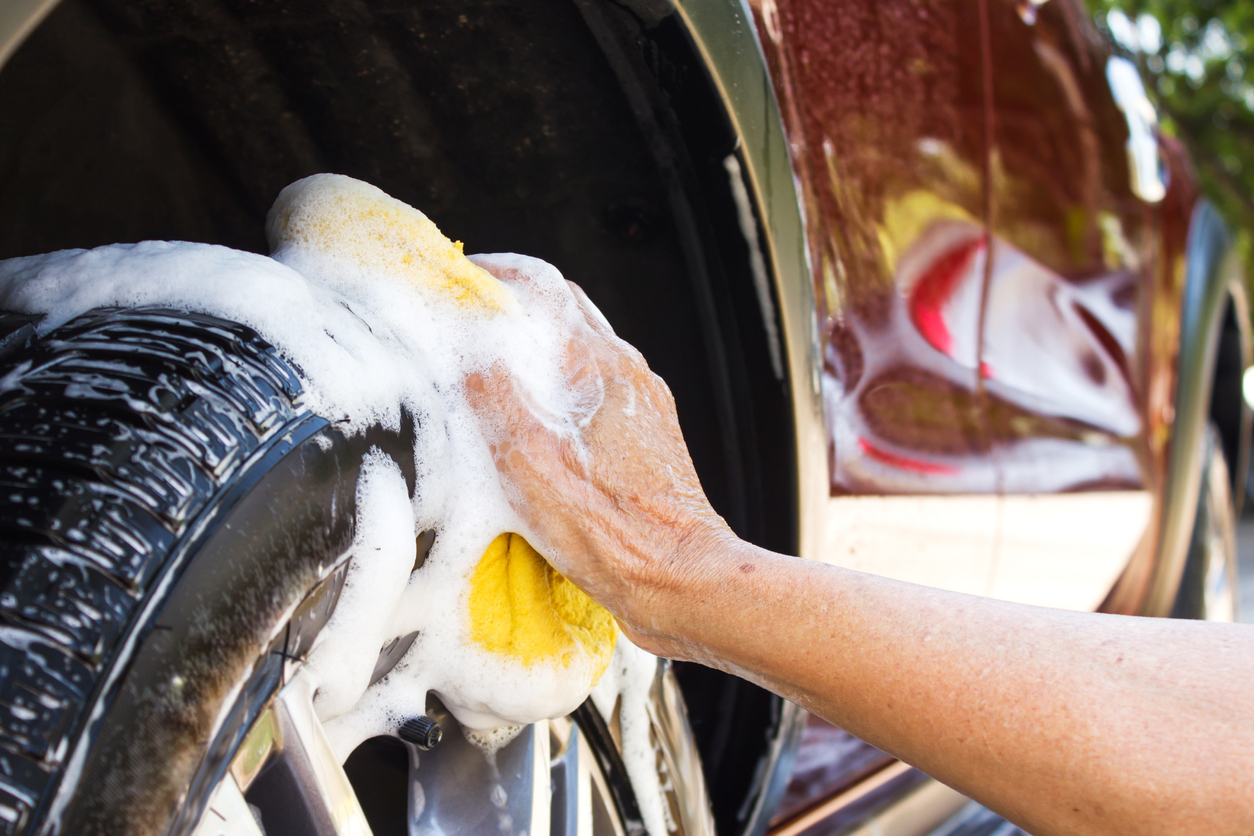On the sidewall of your tyre, there are dozens of little symbols, letters, numbers and logos. We’ve written about tyre sidewall markings before. But some of them deserve their own deep-dive.
Some of the most important markings on a tyre sidewall are the load index and the speed rating.
Why Do Tyres Have Speed Ratings?
Essentially, when tyres are early in the design phase, a specific speed target is chosen so that the tyre isn’t over-built. Overly heavy tyres decrease fuel economy, increase braking distances and result in poor steering feel.
While there are many different speed ratings, it’s extremely unlikely you’ll ever come across a tyre that has a speed rating lower than normal highway speeds, unless you start looking at industrial or agricultural tyres.
What Are Tyre Speed Ratings?
The actual tyre speed ratings are presented as a letter code on your sidewall with each different letter corresponding with a rated speed.
Some of the most common codes you will see on passenger car tyres are:
- Q - Up to 160 km/h
- R - Up to 170 km/h
- S - Up to 180 km/h
- T - Up to 190 km/h
- H - Up to 210 km/h
- V - Up to 240 km/h
- W - Up to 270 km/h
- Y - Up to 300 km/h
Once a tyre has been designed, engineered and built, the tyre is verified through a series of tests performed by the tyre manufacturers themselves. Typically a pre-production tyre will undergo multiple tests that verify the capabilities in regards to high speed driving such as heat dissipation and pressure testing.
One of the tests performed is loading the tyre into a machine that spins it at a specific speed, with the tyre temperature and deflection measured to determine how the tyre is affected while under load at high speeds.
Another test that may be performed is a real-world endurance test, which involves mounting a tyre onto a test vehicle and driving it continuously at high speeds for an extended period of time. During this test, the tyre's ability to withstand excessive heat buildup is evaluated.
Tyre manufacturers also conduct other tests to evaluate how a tyre performs in handling, cornering, and braking performance tests at high speeds.
When testing is completed, a tyre is assigned a speed rating based on its performance characteristics. If a tyre does not meet the engineering requirements, it is sent back to the engineering lab to be improved.
It's important to remember that the speed rating is not the recommended speed or that the rating is the maximum speed is safe in all conditions. It's simply an indication of the tyre's ability to safely handle high speeds without overheating or suffering a failure.
It's always important to follow the posted speed limits and drive safely.
Where Can I Find My Tyre Speed Rating?
Look on the sidewall of your tyre and locate the size information. It might look something like ‘265/75R16 123Q’ as found on a Toyo R/T tyre. In this example, ‘123’ is the load rating, while ‘Q’ is the speed rating. This tyre has a speed rating of 160kph, far higher than it’s ever likely to see in a legal driving environment.
Keep an eye out for speed ratings where two letters are used, such as ZR. This is where a tyre is rated ‘higher than 240kph’, but generally tyres will be categorised as V,W or Y ratings instead.

Why do tyre speed ratings matter?
While you can never legally install a tyre with a lighter load rating onto a vehicle than what is specified on the tyre placard, you can mix and match speed ratings, so what’s the point of having them?
In the real world, tyre speed ratings will have several impacts. Here are a few examples:
Safety
Tyres with higher speed ratings are designed to safely handle higher speeds, as well as maintaining their structural integrity at those speeds. Exceeding a tyres’ speed rating exposes yourself to risk of tyre failure, loss of control, and potentially vehicle accidents.
Performance
Higher speed ratings indicate that a tyre provides better handling, cornering, and braking performance at high speeds. If you frequently drive at high speeds such as highway or track use, upgrading your tyres with a higher speed rating can help ensure that your vehicle performs optimally in these conditions.
Comfort
It’s important to note that the sportier inclination of tyres with higher speed ratings often means a firmer ride than those with lower speed ratings. This likely isn’t an issue for most drivers looking for high performance tyres, but some drivers might be surprised or disappointed in the perceived ride quality changes from a high speed rated tyre.
What Tyre Should I Buy?
Ultimately, whichever tyres you purchase for your vehicle, they should be somewhat closely matched to the speed rating tyre that came standard on your vehicle for consistent and predictable performance.
This still leaves you with many tyre options, where the specific recommendation depends on your exact vehicle, how you drive it, and where you drive it.
For tailored tyre advice, drop into your local Tyrepower store and talk to the expert team today. We can point you in the right direction and offer great prices with the buying power of Australia’s largest independent tyre retailer.



























